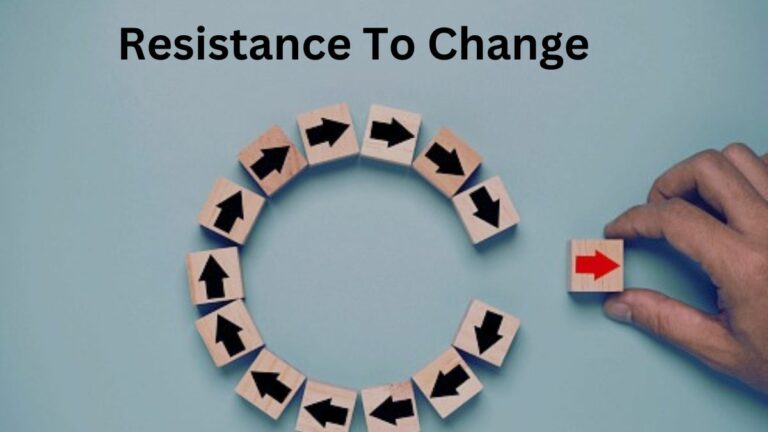Group Vs Team: 8 Key Differences Between Groups and Teams [Explained]
Group Vs. Team
Group and team are common in organizational settings. Every organization uses groups and teams to accomplish its objectives. Although in an organizational setting, a group and team are used synonymously they hold a great difference between them.
A group is just an assembling of people based on their common interests, situation, and characteristics, and may they have one common goal to achieve. Whereas, a team is a group of people who have the necessary skills and are committed to achieving a common team’s objective.
Every team is also a group but every group may not be a team. Let’s understand what a group is, what a team is, and the differences between them.
What is a Group?
A group is a collection of people, usually, two or more who come together and interact with one another to complete a common assignment. Group members have an individual identity, they act independently and are held accountable for their own actions.
In organizations, group patterns include two – when the manager forms a group to achieve specific organizational objectives, the group is called a formal group. Similarly, when employees because of their common interests, friendship, or other common characteristics form a group in an organization themselves to fulfill social needs on the job, the group is called an informal group.
Related: Formal Vs. Informal Group
Usually, groups have a common objective to achieve, but there may be or may not be such an objective. Since people are individualized in groups, there is no praise, recognition, or reward for members. As such, groups can be easily created as well as broken.
What is a Team?
A team is a group of people who share a common goal, have complementary skills, and all collectively work together to achieve the common team’s goal. The main characteristic of an effective team is that it has a common goal that every member is aware of and accepted.
Think of a group of people who come for an interview, from which, four are selected and placed in a production team. A group may be a starting point for a team.
In teams, every member is aware of everyone’s skills and strengths. Everyone owns some skills because of which they are placed in a team to accomplish the objective. For example, a leadership team, management team, research team, football team, volleyball team, etc. all hold a common objective.
Related: Types of Teams
Interdependence will exist within the team as members share and contribute to one another’s efforts, maximizing total potential and producing success. In order to reach a common goal, a team can foster synergy among its members, producing collaborative efforts and utilizing everyone’s knowledge.
Difference Between Group and Team
The following are the notable points to differentiate between groups and teams.
Definition
A group is defined as a collection of two or more people who come together because of common interests, friendships, situations, or other characteristics.
A team is defined as a group of people, usually, 4 to 9 members, who have certain skills in common and are committed to accomplishing a common objective.
Focus
Group members focus on their individual goals. As such, group members have individual objectives to achieve. Whereas teams have a shared objective, as such, teams focus on achieving the entire team’s goals.
Leader
Generally, a group has only one leader. But, in a team, there can be more than one leader.
Related: 33 Qualities of a Good Leader
Sharing of Responsibility
Groups have individual responsibilities. Group members do not share their responsibility and are themselves held accountable for their actions. On the other hand, team members share the responsibility and everyone is held accountable for the failure and success of the team.
Nature of Workers
Group members are independent. Whereas, team members are interdependent. In teams, every member’s actions and decisions affect the others as such for the team’s goal achievement everyone is dependent on one another.
Level of Conflicts
Groups may have a high chance of conflicts since members may have different interests, attitudes, thoughts, and characteristics. Whereas, since team members have a common goal to achieve there are fewer conflicts. The size of the team also is smaller than a group.
Contribution of Members
In groups, since members are focused on their own goals they do not contribute to other members’ goal achievement. But in teams, everyone is sure that everyone will get the same contribution from everyone. Where every team member undoubtedly helps each other to accomplish the desired goals.
Example
A number of applicants showed up for the interview. From among them, four candidates were chosen and added to the research team.
In the aforementioned example, the interviewees didn’t know one another or share the same objective. Instead, they each had a set of comparable but distinct goals.
Additionally, the four chosen applicants were introduced to the other team members when they joined the research team. They even learned about everyone’s talents and strong points. Each member of the team is tasked with achieving a specific aim or objective.
In Conclusion…
Hence, a team is different from a group. A basic difference between groups and teams is to remember that teams have structured leadership and a specified common goal but groups have unstructured leadership and they may or may not have a common goal to achieve.
Read Next: Strategies To Manage Teams Effectively
Sajan Kushmi is a content writer with more than 4 years of experience. He holds BIM Degree. He write on the topics related to Management, Marketing, and Entrepreneurship.







Thank’s a lot for your helps me.i really understand the difference between the two word’s group and team.I wish ,i will learn from you more.
Thank you.!!!
We are glad to help you. Keep visiting us. Thank you.